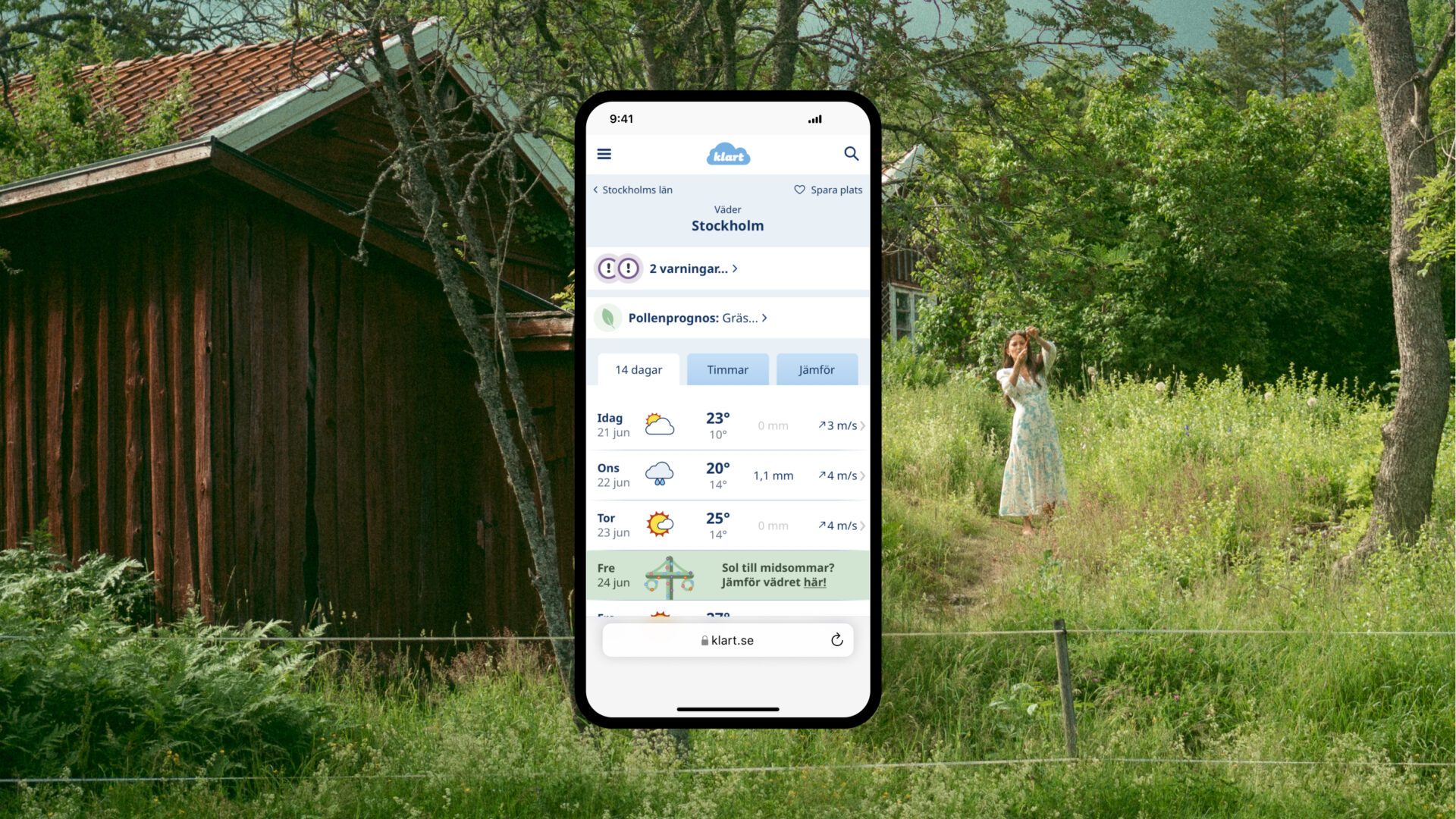
How Dropbox started: The MVP strategy that launched a giant
How Dropbox started is a fascinating story of innovation, creativity, and strategic thinking.
The problem dropbox aimed to solve
Before diving into how Dropbox started, let’s look at the problem it aimed to address.
People were grappling with keeping their files in sync across multiple devices.
Existing solutions were either complicated or unreliable.
Drew Houston, the founder of Dropbox, saw an opportunity for a seamless solution.
How Dropbox started with a simple video
What makes the story of how Dropbox started so interesting is the unconventional MVP they used: a video. See the original video on Youtube here: DropBox Demo.
- Creating the MVP: Instead of building a functional product, Houston decided to make a video that served as a demo of how Dropbox would work. It was an innovative approach to validate the idea without extensive development.
- The video details: This wasn’t just any video. It showcased the essential features, demonstrating the ease of use and the value Dropbox would offer. Tailored to the tech-savvy community, it even included insider jokes to resonate with potential early adopters.
- The impact: How Dropbox started gaining traction was through this video, which went viral within the tech community. Beta sign-ups jumped from 5,000 to 75,000 overnight, confirming the demand for such a product.
Also read What is the definition of a MVP?
Why the Dropbox MVP strategy worked
How Dropbox started with such success comes down to why this MVP strategy worked:
- Validation without building: The video allowed the team to validate the concept without developing the full product.
- Resonance with target audience: By understanding their potential users, they were able to create content that spoke directly to them.
- Learning and adapting: The response provided insights into what customers really wanted, allowing them to proceed with development on solid ground.
How Dropbox started spreading: The power of invites
After successfully validating the concept through a unique MVP, Dropbox continued to demonstrate innovation in its approach to growth.
One of the pivotal strategies in how Dropbox started spreading its software was the introduction of a referral program using invites.
Invites as a growth mechanism
Here’s how the invite system worked, contributing significantly to how Dropbox started expanding its user base:
- The incentive: Dropbox offered additional free storage space to both the referrer and the referred. It was a win-win situation that encouraged users to spread the word.
- Simple sharing: Users could easily send invites through email or social media platforms directly from the Dropbox interface.
- Viral effect: The incentive-based invite system created a viral effect. Users were motivated to share because they benefited directly from it. This simple yet powerful mechanism played a massive role in how Dropbox started growing rapidly.
- Building community: The invites were not just a growth tool; they helped foster a community. Early adopters became advocates, enthusiastically spreading the word.
- Alignment with the product: What made the invite system particularly effective was that it was perfectly aligned with Dropbox’s nature. A tool meant for sharing files now incentivized users to share the product itself.
The impact of the invite system
- Exponential growth: How Dropbox started to see exponential growth can be traced back to this invite system. The more people used it, the more people they invited, creating a self-perpetuating cycle of growth.
- Cost-effective marketing: This strategy allowed Dropbox to grow its user base without spending heavily on traditional advertising. It’s an excellent example of leveraging the product itself for growth.
The combination of the MVP video and the invite system paints a rich picture of how Dropbox started and grew.
It’s a valuable lesson in using creativity, understanding user behavior, and aligning growth strategies with product nature.
Whether you’re an entrepreneur looking to scale your product or a curious reader interested in unique business strategies, the way Dropbox started, from its MVP to its invite system, offers timeless insights.
Also read How Zappos started by taking photos at local shoe stores


